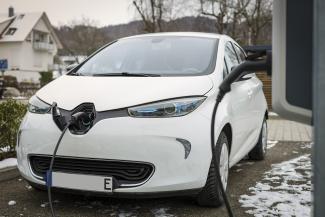Clean energy technologies require a variety of minerals of varying degrees of scarcity. As a result, decarbonizing the economy will entail expansion of mineral production—not only through imaginative reuse and recycling, but also through new mines and the permits required to build those mines. Some have called for a loosening of environmental standards to address this growing need. In this month’s issue of ELR—The Environmental Law Reporter, Professor Jamie Pleune argues there are several ways to improve permitting without sacrificing the rigor of environmental reviews. Moreover, these actions can be taken without waiting for statutory or regulatory reforms.

Pleune describes the need for a rapid buildout of clean energy supply, which has become an increasingly important priority for the Biden Administration. To limit warming to two degrees Celsius, graphite, lithium, and cobalt production will need to increase by more than 450% by 2050 from 2018 levels. Yet, Pleune argues, the calls for permitting reform to expedite mineral supply fail to distinguish among many causes of delay. Rigorous permit review serves many productive and irreplaceable functions. At the same time, there are several areas for improvement.
Pleune then analyzes these roadblocks and lays out three recommendations to fast-track permit review without compromising environmental and safety standards. One is to avoid delays caused by insufficient agency capacity, by increasing staff, budgets, or expertise. The second is to create tools that make the legal structure, permitting requirements, and other important information publicly available and transparent. Finally, policymakers can leverage NEPA to avoid delays caused by uncoordinated interagency requirements. Pleune concludes that implementing these changes would help fast-track the energy transition, while demonstrating that permitting reform does not necessitate overlooking environmental and safety risks.
ELI is making this featured ELR article available free for download. To access all that ELR has to offer, including the full content of ELR—The Environmental Law Reporter and its archive, you must have a subscription.
